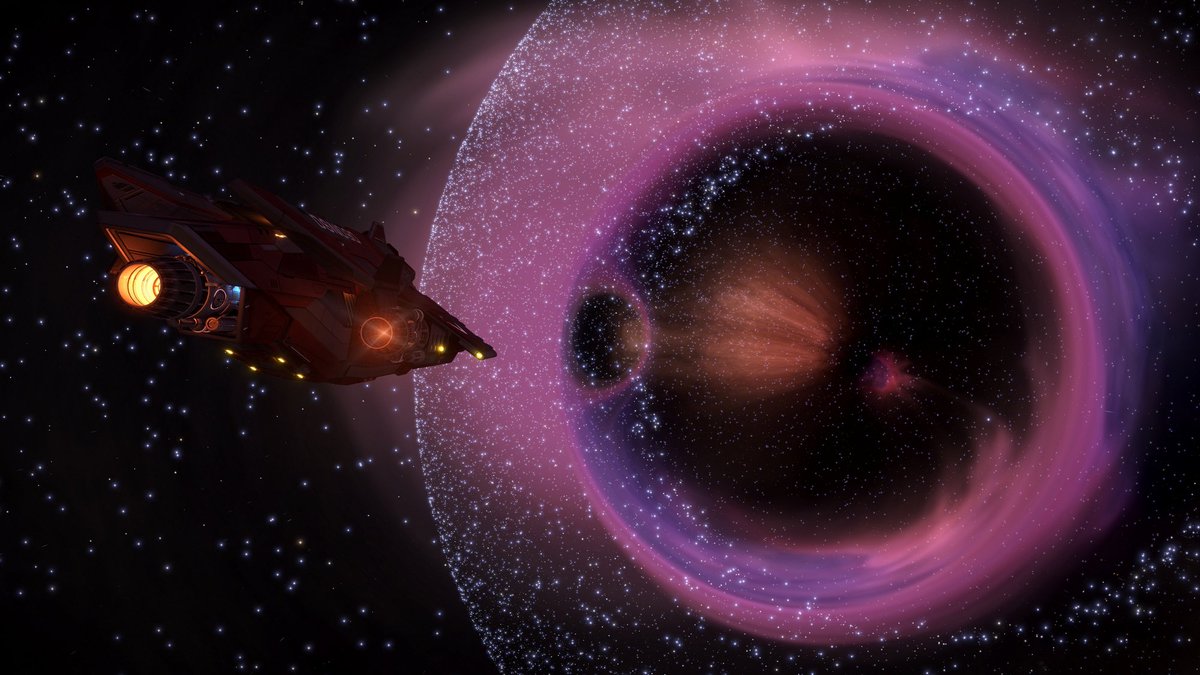Perseus Survey:
“Recognition and analysis mission in the Perseus Arm”

Logo by Qohen Leth
“Perseus Survey” is the name of the mission of recognition and analysis of the Perseus arm which took place between the months of January and April 3304. Except to a few lonely explorers and adventurers, no expedition had ever decided to attempt adventure in these remote areas. The objective of this mission was to map the entire Perseus arm starting with the Via Maris, more precisely to Bubble Nebula, and then to meticulously track down every peculiarity that could be found in this great region of the Galaxy. The route originally programmed had to follow the following itinerary to the scientific team:
- Via Maris (Bubble Nebula)
- The Persian Crags
- The Scar Hyponia
- The Outer Arm Rift
- Wagar’s Reach
- Ishtar (Zephyrus)
- Orio-Persean Conflux
- The Patch

Initial itinerary
The group of scientists that had been formed to accomplish this task was closely related to the Galactic Mapping project team. The procedure was rather simple, once the departure was given, the explorers had to meet once a week. The time for them to study and collect the necessary data from each sector traversed and then to synthesize and exchange on possible discoveries. The rendezvous points were not fixed in advance, they were the result of the discovery of the first arrivals at the site. Generally, they were spaced from about 7,000 to 10,000 light years. True to tradition, the “Perseus Survey” also performed mass jumps at the departure from the waypoints.

Image of the departure of the first waypoint by KAZAHNN DRAHNN
This mission was, as specified above, closely related to the Galactic Mapping Project. The main objective of gathering a maximum of points of interest (POI) to the Galactic Mapping Project was successfully completed. Scientists and explorers have achieved their goal brilliantly. During the crossing of the Perseus arm it is no less than fifteen points of interest, quoted below, which could be integrated into the reference of the Galaxy’s knowledge:
- Perseus ‘ Wedding
- Gorgons
- Karmeliet
- The Majorelle Blue Gate
- Breakthrough Echoes
- Brainforest
- Phorcys Black Hole
- Collapse of Moros
- Theia
- Argos eye
- Erebos Disc
- Aphrodisiacs and Bythos Rest
- Janus ‘ Vision
- Iris ‘ Missive
- Other
They served to enrich the knowledge base of each of the commanders in the galaxy. Now at all times these data are accessible thanks to the efficient navigation technologies offered by the ships.

Image of the Janus Vision POI, discovered by the CMDR OhPif
The itinerary that had been determined at the outset of the mission was not respected to the letter. This is often the case when embarking on such adventures. It is thus likely that there will be more adventures as the expedition progresses and that was precisely the case. Initially, the mission was to reach the Orio-Persian conflux, then join the Inthor Patch. However, after analysis of the data collected and an exchange between officers of the expedition, it was finally decided to continue towards the Perseus Stem.
The Perseus Stem is a huge expanse of stars of about 20,000 years long lights and 5,000 years wide lights to pick up the figures available in the EDSM database. It is in this region that the spiralling arm of Perseus emerges from the extremity of the Galactic Bar.
This last region to map would come to close an adventure of several thousand light years started a few months ago. It was in this area that the commanders of the expedition began to leave a common trace in a very specific system. And after a few days of research, the target had been chosen, it would be the system: PHROEA ILO TO-Z E2991. The peculiarity of this system is that it has a massive black hole and is itself the heart of a planetary nebula.
 Reconstitution of the system marked by most of the commanders who participated in the mission: “Perseus Survey”
Reconstitution of the system marked by most of the commanders who participated in the mission: “Perseus Survey”
Commander Sokenjihad the privilege of scanning the black hole, the main star, because it is to him that the discovery of this system comes. Then, as far as the other commanders are concerned, they have formed three or four wings in order to best share the secondary stars and thus register their names for posterity. They would never forget the system: PHROEA ILO TO-Z E2991, symbol of a mission accomplished to advance the science and understanding of our galaxy: the Milky Way.
Useful links: